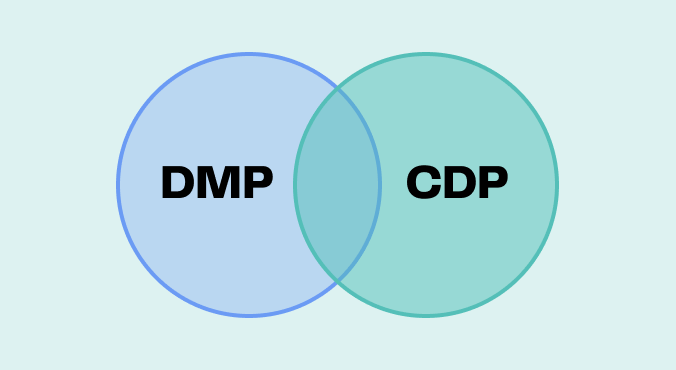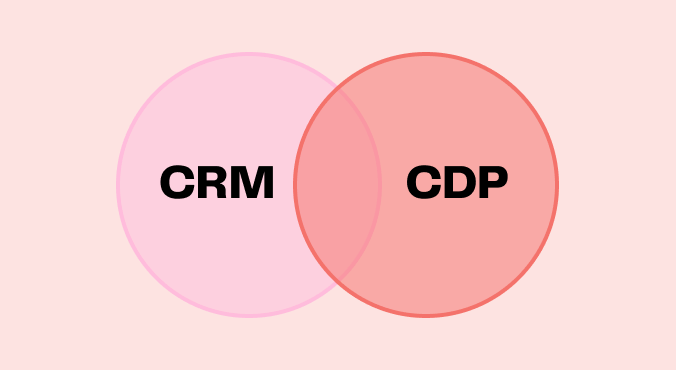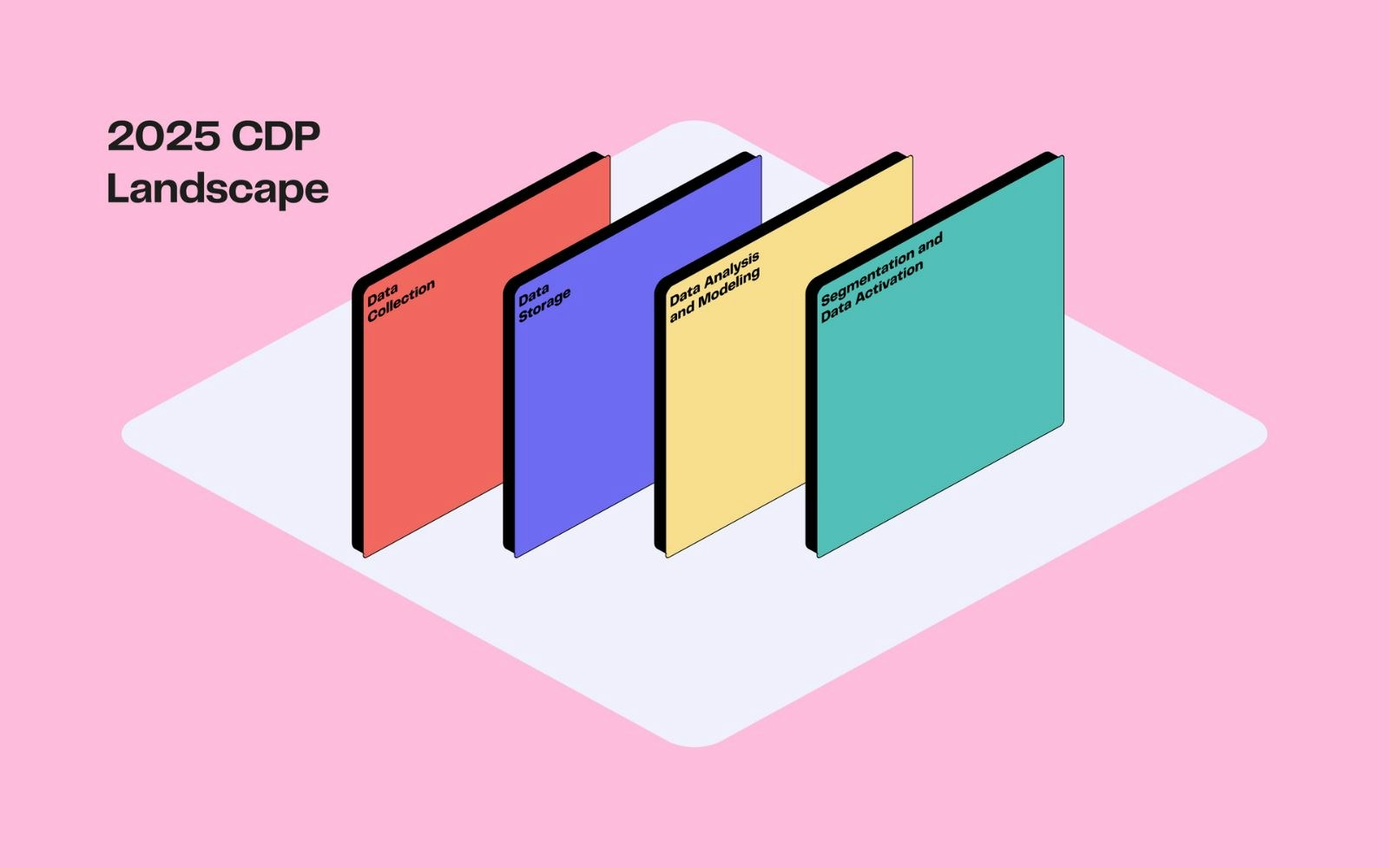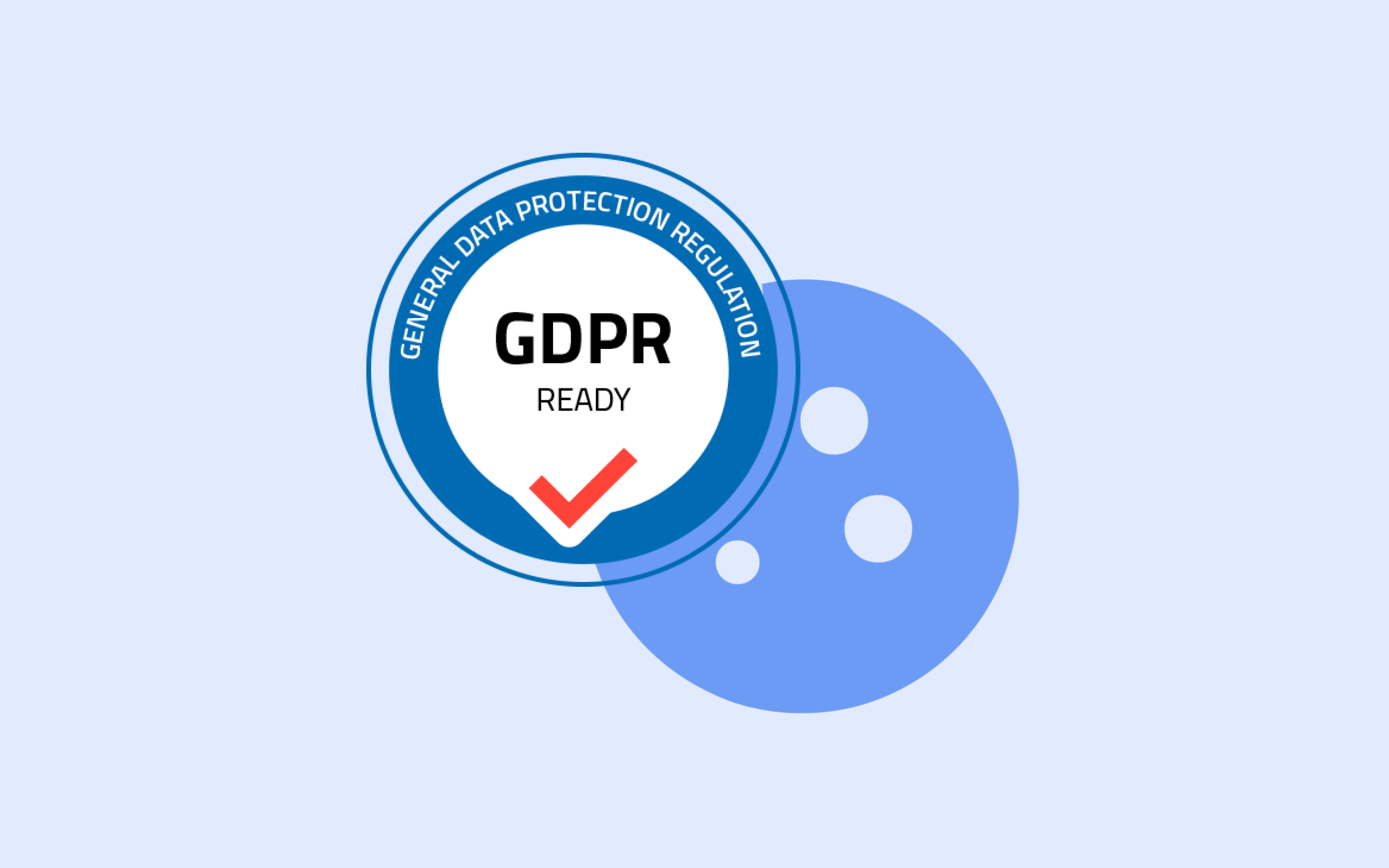Leveraging customer data throughout the customer journey significantly impacts how businesses interact with consumers. Data plays a crucial role in personalizing experiences and ensuring the relevance of marketing campaigns across different channels.
But how should one collect, store, analyze, and utilize customer data effectively to build insightful and personalized campaigns?
👉🏼 Data Management Platforms (DMP) and Customer Data Platforms (CDP) are often mentioned as solutions to this challenge.
This article aims to summarize the similarities but mainly the differences between DMPs and CDPs to help you in your decision-making process:
How do they differ?
What are their respective advantages and limitations?
How do you know which one will best help your business?
Definitions
1️⃣ First things first: what do we mean when we refer to a Data Management Platform (DMP) and a Customer Data Platform (CDP)?
What is a DMP?
A Data Management Platform, or DMP, is a SaaS solution designed to collect, centralize, organize, and activate audience data from various sources (for the most part, third-party data). This data is anonymized and grouped to create potential user profiles. These profiles can then be used for a better targeting in advertising campaigns and to personalize offers or optimize content.
Primarily intended for publishers, agencies, and B2C marketers looking to refine their web advertising strategies, the DMP enables audience segmentation, marketing performance evaluation, market opportunity identification, and maximizing ROI.
What is a CDP?
A Customer Data Platform, or CDP, aggregates, cleans, and harmonizes customer data from various sources (mainly first-party data) into a unified database, creating detailed customer profiles. It collects and unifies data from a wide range of sources, including website, mobile app, social media platforms, CRM, email, and points of sale, to name a few.
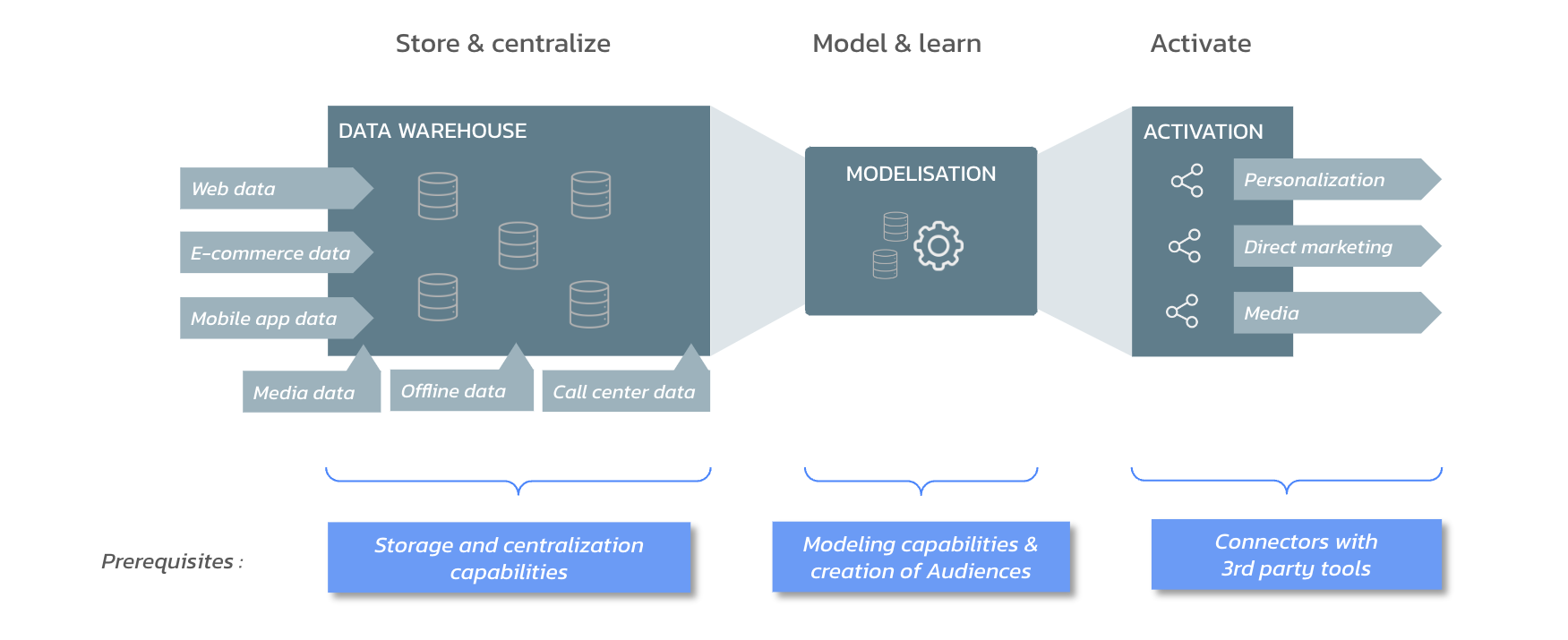
Schematic diagram of a CDP
The CDP transforms raw information into a unified, coherent, and comprehensive view of each customer, creating your own Customer 360.
The structured and refined data is then made available to various teams (acquisition, marketing, customer success, etc.). Primarily aimed at marketers looking to strengthen their customer relationships and loyalty, the CDP captures customers' desires, preferences, and behaviors. It can help deliver tailored experiences at each stage of the customer journey, while measuring the impact of marketing initiatives on satisfaction and retention rates.
CDP vs DMP: A short version
If you're in a hurry and want to know the differences between a CDP and a DMP quickly, we've left you a summary table:
Criterion | DMP | CDP |
|---|---|---|
Data Type | Third-party data (anonymous, cookies, advertising identifiers) | First-party data (identity, behavioral, transactional, demographic) |
Data Storage | Short-term storage (30-90 days), relies on cookies/IP addresses | Long-term storage, continuously updated in a centralized database |
Compliance & Privacy | Challenging due to third-party data reliance and stricter consent regulations | Simpler management due to reliance on first-party data directly collected from customers |
Flexibility & Integration | Limited flexibility and integration with other systems | Highly flexible, integrates well with various technological tools (CRMs, POS systems, analytics platforms) |
Scope & Marketing Objectives | Focused on acquiring new customers through targeted advertising and programmatic marketing | Facilitates real-time access and data updating, intuitively usable by various teams |
Best Suited For | Short-term conversions, acquiring new prospects | Long-term relationships, personalization, customer loyalty |
Cost & Complexity | Generally cheaper and simpler to deploy but less flexible and functional | More expensive and complex to integrate but offers significant personalization and efficiency benefits |
DMP vs. CDP: the main differences
👇 We further explain all the differences between a CDP and a DMP in the rest of this article.
What are the differences between a DMP and a CDP?
Data Management Platforms (DMP) and Customer Data Platforms (CDP) both aim to manage customer data effectively. However, several differences distinguish them, so it is essential to define the needs of your marketers before adopting one of these tools.
Types of Data Processed and Stored
Data types
Before comparing CDP and DMP, it is important to understand the different types of data that exist :
First-party data: Data collected directly from a company's own customers or users, typically through interactions on its websites, apps, or physical stores.
Second-party data: Data that a company acquires from a trusted partner, which is essentially that partner’s first-party data shared directly with the company.
Third-party data: Data collected by entities with no direct relationship to the users it pertains to, often aggregated from various sources and sold to companies for broader marketing insights.
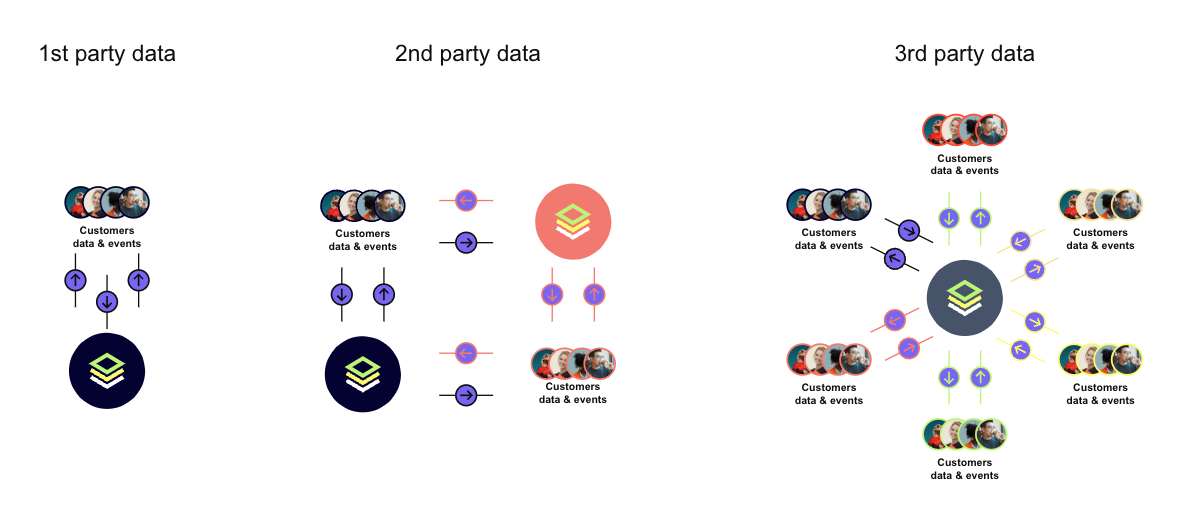
What are 1st, 2nd and 3rd party data?
Data used for CDPs and DMPs
DMPs track primarily anonymous information from third parties such as cookies or advertising identifiers, creating audience segments based on broad criteria (like age or preferences). They focus mainly on digital data and user behavior online.
🍪 The coming depreciation of third-party cookies will significantly impact the data collected by DMPs. It's very rare that a DMP will use first-party data, but can sometimes leverage second party-data. Indeed, many DMPs are starting to build data exchanges where anyone can buy and sell their business data.
In contrast, CDPs is fed by identity data from a business's ecosystem (websites, mobile apps, social networks, CRM systems). CDPs can process first, second and third party data. The goal is to create a unified customer profile, leveraging behavioral, transactional, and demographic data, providing a 360-degree view of the customer by intertwining digital and physical interactions. This approach allows your business to differentiate itself further in targeted marketing segments.
⚠️ Since DMPs are mainly based on third-party data, they primarily serve as an “equalizer” rather than a differentiator. Keep in mind that the same information is available to your competitors using the same DMP. First-party data tends to be the most useful and valuable for companies, as this is exclusive data, making it possible to run specific marketing campaigns.
How Data is Stored
DMPs favor cookies or IP addresses for data collection and storage, relying on temporary identifiers that users can modify or block. Cookies have a limited lifespan, so information is stored for a short time period (less than 90 days in most cases). This method does not facilitate data enrichment or connections between data from different sources. Additionally, marketing operations based on this data do not consider a complete purchase journey and usually expect immediate results.
Conversely, CDPs rely on a unique and centralized database, continuously updated. Data is stored over a long time period, allowing inter-data relationships and integration with other information sources. CDPs follow an adaptive and data-retentive approach as the customer journey and experience evolve. Strategies for personalization, loyalty, and reactivation are facilitated, as customer knowledge is almost complete.

Customer 360, centralising all customer data
Compliance and Privacy
Managing compliance issues is more challenging for DMPs due to their dependence on third-party data and cookies, while consent restrictions are increasingly stringent. Complying with regulations such as GDPR or CCPA requires adapting to usage restrictions related to third-party data.
CDPs, focused on first-party data directly collected from customers through various digital platforms, ensure simpler privacy management. Furthermore, CDPs offer essential privacy features as they handle personally identifiable information (PII) like names, email addresses, and phone numbers, ensuring data security and compliance. They also allow customers to control their personal information, strengthening the business-client relationship.
Flexibility and Integration
DMPs have limited flexibility and integration capabilities with other systems that could complement the database. They are mainly oriented towards using anonymous data for retargeting and refining digital ads across various channels.
CDPs, however, stand out for their ability to integrate seamlessly with various technological tools such as CRM, point of sale systems, and analytics platforms. This flexibility allows for a more holistic data management approach, including both unique and anonymous identifiers, providing a 360° view of customers and facilitating more sophisticated and personalized marketing campaigns.
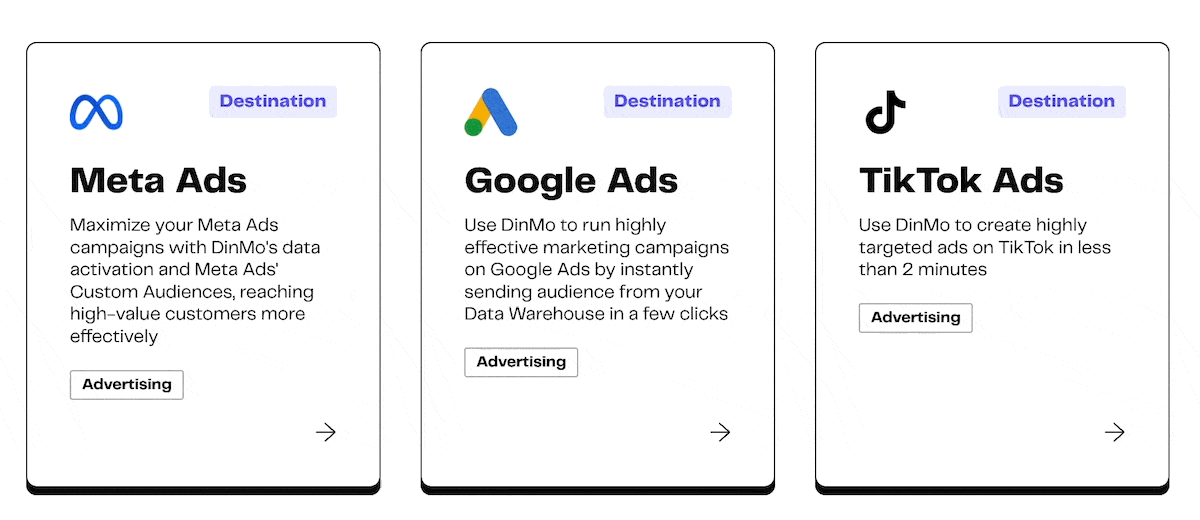
DinMo integrations
Scope and Marketing Objectives
DMPs primarily focus on acquiring new customers through targeted advertising and programmatic marketing. Their main functions include customer segmentation and creating lookalike models to identify potential prospects. Marketers cannot use their DMP for all marketing use cases, such as email, personalised content (for a website, for example) or chat support.
CDPs, on the other hand, extend their scope to the entire customer lifecycle. By compiling behavioral and transactional data, they offer an in-depth understanding of the customer and enable the implementation of loyalty and satisfaction strategies. CDPs thus support a long-term marketing approach, centered on personalization and sustainable customer relationships.
Choosing Between CDP and DMP According to Your Needs
The most suitable option between a CDP and a DMP depends on what you aim to achieve, your data management orientation, and (of course) your budget.
Here are the key elements that should guide your decision:
Type of Data Needed
If your priority is to enrich your database with external information (mainly third-party data) to boost your short-term conversions, the DMP is likely your best ally.
In contrast, if developing lasting relationships with your current customers through first-party data aligns with your long-term strategy, the CDP seems the way to go. And don't worry, second and third party data are easy to integrate into the platform.
A Customer Data Platform will allow you to leverage modern data activation technologies for effective digital marketing solutions.
Level of Data Control and Quality
If you need a large volume of data to maximize conversions and acquire new leads in a limited time, the DMP can meet your challenges. However, while it offers an interesting data volume, be aware that this data can sometimes be outdated, incomplete or inaccurate.
If, on the contrary, you prefer precise and qualified data access, opt for a CDP. By capturing data directly from your customers, it ensures better data quality. However, keep in mind that the volume might be more limited.
Cost and Solution Complexity
The DMP can be cheaper and simpler to deploy, as it interacts with fewer tools in your company data stack. However, be cautious not to make a hasty choice as the DMP can still be less flexible and less functional.
Although the CDP is more expensive and complex to integrate, its benefits in terms of personalization and efficiency are significant.
If you want to enjoy the advantages of a CDP without its drawbacks (price, lack of flexibility, long lead time for implementation), you should definitely consider the option of a Composable CDP.
Combining DMP and CDP for a Comprehensive Strategy
It's interesting to note that DMPs and CDPs are not mutually exclusive. They can work together to provide an integrated solution that maximizes the potential of your data.
For example, a company could use a DMP to attract new prospects (with effective audience strategies) while leveraging a CDP to create detailed customer profiles and ensure in-depth personalization throughout the customer journey. This combination allows for leveraging both short-term anonymous data and long-term identifiable data.
Conclusion
As you have understood, a Customer Data Platform (CDP) and a Data Management Platform (DMP) are distinct yet complementary entities in managing your customer data. The advantages and limitations of each must be carefully considered, and the choice between a CDP and a DMP should be based on your marketing goals, data strategy, and budget considerations.
If the world of CDPs and DMPs intrigues you and you want to discover how these platforms can boost your marketing performance, feel free to contact us!
🌟 We would be more than happy to help and present our composable approach to the CDP.

















